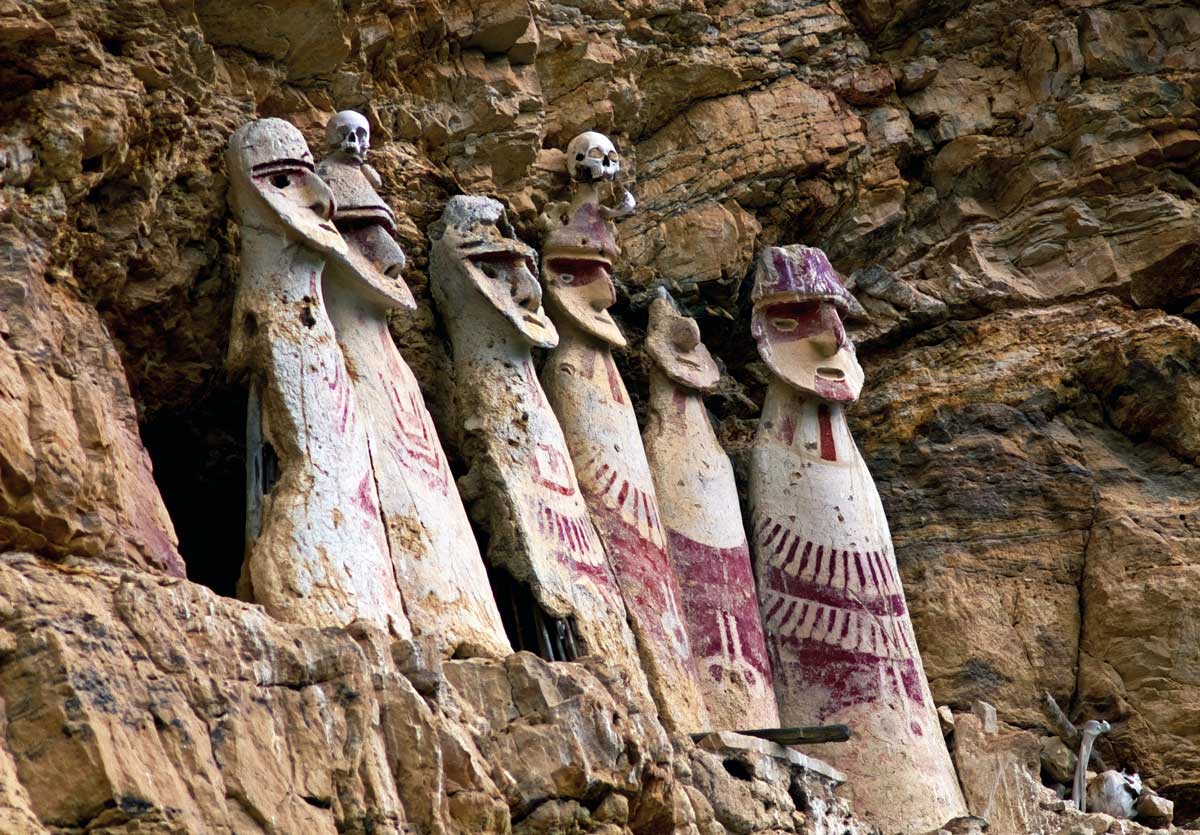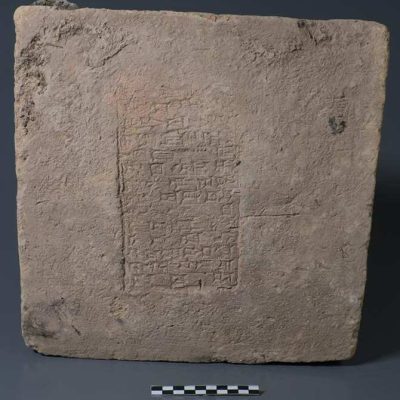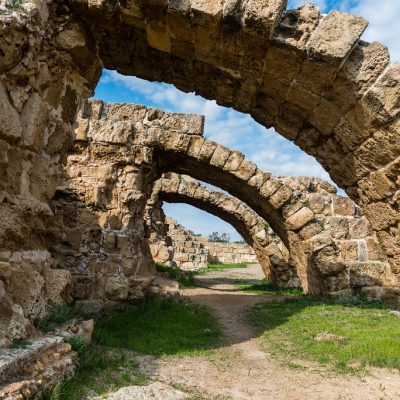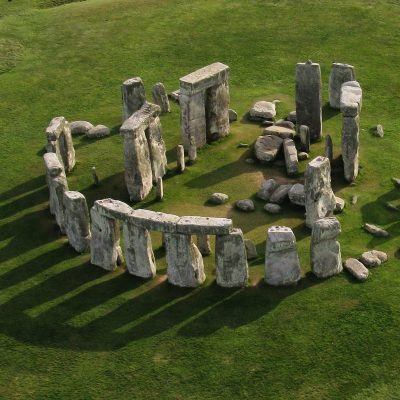Archaeologists in Peru have discovered the tomb of a high-ranking religious figure, believed to be around 3,000 years old. The tomb, located near the city of Cajamarca, contained numerous significant grave goods, indicating that the person buried there was a religious dignitary of high rank. Among the items found were four ceramic seals or stamps, including one with a human face and a jaguar. The archaeologists believe that these grave goods were used for religious body painting. The face of the shaman was covered with cinnabar, a material that was not found at the site, leading the team to believe that it was obtained through long-distance trade.
In addition to the four ceramic stamps, the tomb contained numerous other grave goods. The gender of the deceased has not yet been determined, but the body was covered with six layers of ash and black earth. Underneath this layer, the archaeologists discovered a skeleton lying on its stomach with crossed legs. A bone garment pin suggests that the person buried was female, while the physical structure of the skeleton suggests a male. The discovery is part of the Pacopampa project, which has been ongoing since 2005 and has uncovered other important graves, including that of the “Jaguar-Snake Priest” in 2015.
According to Yuji Seki, one of the archaeologists involved in the project, the discovery is significant because it sheds light on the religious practices of the ancient people of Peru. The grave goods found in the tomb suggest that the person buried was a high-ranking religious figure, possibly a shaman, and that the objects were used in religious ceremonies. The discovery also highlights the importance of long-distance trade in the region, as the cinnabar used to cover the shaman’s face was not found at the site. The discovery is expected to provide valuable insights into the culture and beliefs of the ancient people of Peru.










